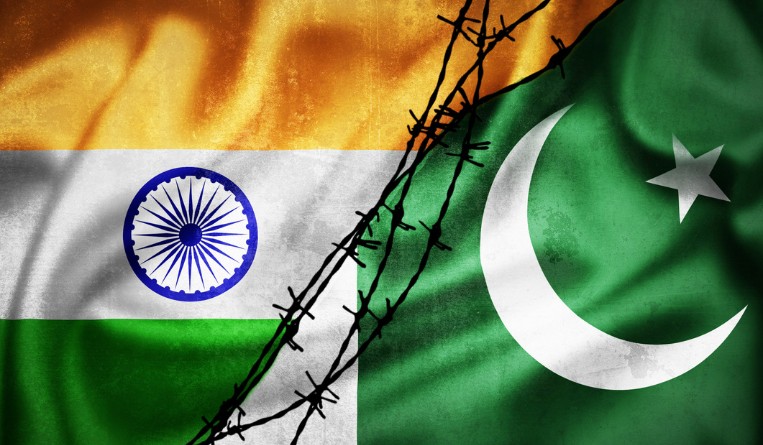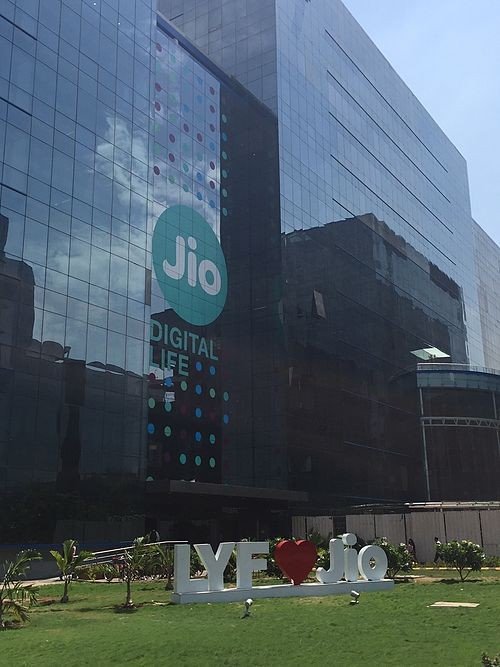Trademark application for India military codename ‘Operation Sindoor’ filed, then withdrawn
04 June 2025

Operation Sindoor. This is the codename for India’s missile strikes aimed at the terrorist camps of Pakistan-based militant groups on May 7, 2025.
The move was in retaliation to the Pahalgam tourist attack in which five armed terrorists killed 26 civilians near Pahalgam in the Indian-administered region of Jammu and Kashmir on April 22, 2025. Most of the 26 who perished were Hindu tourists.
The Resistance Front, a militant group alleged to be an offshoot of Lashkar-e-Taiba (LeT) or Army of the Righteous whose members are mostly Pakistanis, said it was responsible for the attack. LeT’s objective is to merge Pakistan with the entire Kashmir region.
The twist to this story is that an employee of Mumbai-based entertainment outfit Jio Studios filed a trademark application for the phrase “Operation Sindoor” without authorization. This development sparked public backlash via social media. And then, the trademark application was withdrawn.
Jio Studios is a subsidiary of Jio Platforms under the conglomerate Reliance Industries, owned by Indian billionaire Mukesh Ambani.

Daisy Banakhede I Junior associate @ Khurana & Khurana, Noida
“At first glance, it might seem like a misguided branding exercise, perhaps an overzealous legal move by a corporate team trying to capitalize on national sentiment,” said Daisy Banakhede, junior associate at Khurana & Khurana in Noida. “But upon deeper scrutiny, it becomes evident that this episode represents a far more consequential development: a moment where the boundaries between nationalism and commodification were dangerously eroded, and where the law, particularly trademark law, was called upon not just to regulate commerce, but to protect memory, emotion and identity.”
According to Banakhede, India’s Trade Marks Act, 1999 places guardrails around what can and cannot be claimed for private ownership. The objective, aside from avoiding confusion, is to protect symbols that may have emotional, historical or national significance. Operation Sindoor is one such symbol.
“It is a generic identifier of a governmental act. It bears no distinctiveness in the commercial sense and serves no branding function that justifies exclusivity,” said Banakhede.
“What greater confusion could there be than the implicit suggestion that a private conglomerate had a role in a military operation?” she asked, citing sub-clauses (a) and (d) under Section 9(2) of the Trade Marks Act.

Headquarter of Jio Studios. Credit: Wikipedia
She also mentioned Section 9(2)(d), which prohibits the registration of marks if their use is barred under the Emblems and Names (Prevention of Improper Use) Act, 1950. The Act prohibits the use of names or emblems associated with the Indian State – whether military, political or symbolic – for private gain.
For Banakhede, the question is: Should we ever allow the legal infrastructure to become a tool for the privatization of public memory? In India, where symbols, names and phrases carry much historical and emotional weight, this isn’t a minor issue, she noted. “The idea that a private corporation could lay claim, however temporarily, to the name of a national rescue operation reflects a dangerous trend in contemporary capitalism: the attempt to appropriate the symbolic power of the State to boost corporate identity,” she said.
On the subsequent withdrawal of the trademark application by Reliance Industries, Banakhede said it wasn’t just standard damage control by a business enterprise. It was a tacit admission that certain boundaries must not be crossed, according to her. It also shows that public backlash can restore balance as long as it’s grounded in legal and moral clarity. However, Banakhede said it also begs the question: if the law had not been invoked, and if the public had not been vigilant, would such appropriation have quietly succeeded?
“The attempt to trademark Operation Sindoor was not just a legal misstep,” Banakhede pointed out, “it was a moment of cultural tension, a confrontation between what belongs to us all and what some might seek to own. It is a reminder that not everything can or should be trademarked. Some names are not commodities, they are commitments. They belong to the annals of public memory, not the registries of intellectual property.”
- Espie Angelica A. de Leon






